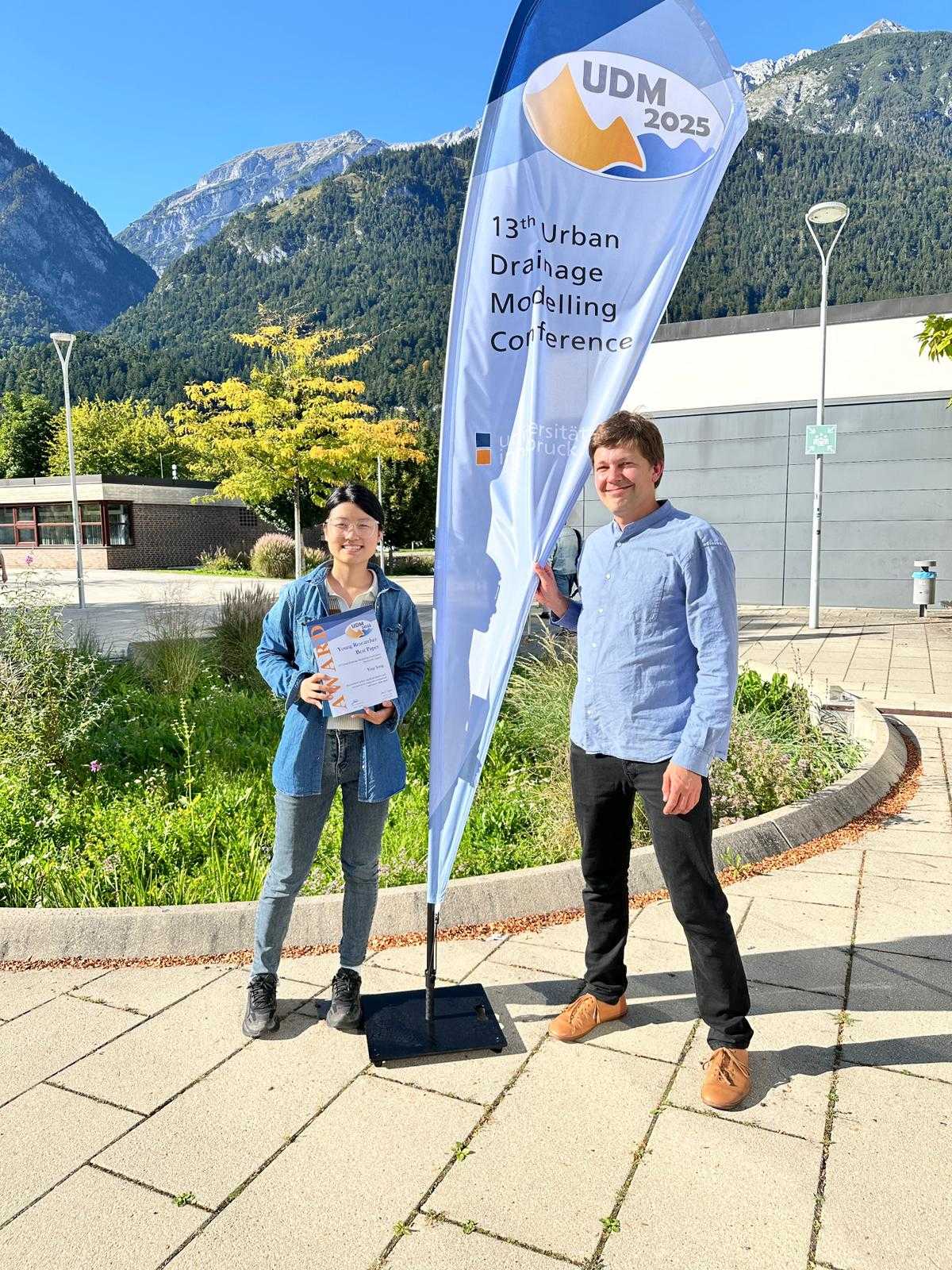Weather radars with dual-polarization capabilities: What can they bring in and what not?
Ricardo Reinoso-Rondinel1,2 and Maarten Reyniers2
1 Department of Civil Engineering, KU Leuven, Leuven, Belgium
2 Royal Meteorological Institute of Belgium, Brussels, Belgium
The integration of dual-polarization technology into weather radars has brought many advantages to the meteorology and hydrology communities. Achievements include better discrimination among hydrometeors, retrievals of drop size distribution, estimation of rainfall rate, and understanding of microphysical processes. This is because dual-polarization signals allow us to obtain more information related to the size, shape, and concentration number of hydrometeors that are sampled along the radar beam. In the case of rainfall rate estimation, such information opens more than one way to improve R(Z) relations. In this talk, we will review these achievements and emphasize the necessary data-quality control and additional processing steps required to handle dual-polarization echoes effectively.
Presentation slides:
Comparing radar data and precipitation ground values: differences between rain gauges and IoT sensors
Thomas Einfalt1
1 hydro & meteo, Lübeck, Germany
Radar and rain gauges have been integrated through “adjustment” for a long time. However, crucial is not only radar data quality, but also the quality of the gauge values. A new approach to using online quality-checked gauge data for adjustment will be presented. Low-cost IoT (Internet of Things) sensors are frequently being installed by citizens and organisations – but can these sensors help to identify ground truth, i.e. the rainfall which reaches the ground? In the framework of a research project on severe precipitation named heavyRAIN (duration: 2022 – 2025), 50 optical IoT sensors have been installed within the city of Lübeck. The following items should be investigated: firstly, timing differences of rainfall between radar values and sensor data; secondly, location differences of rainfall between radar values and sensor data. Analyses were performed on 5 observed rain events in summer 2024.
Presentation slides:
Keynotes:





